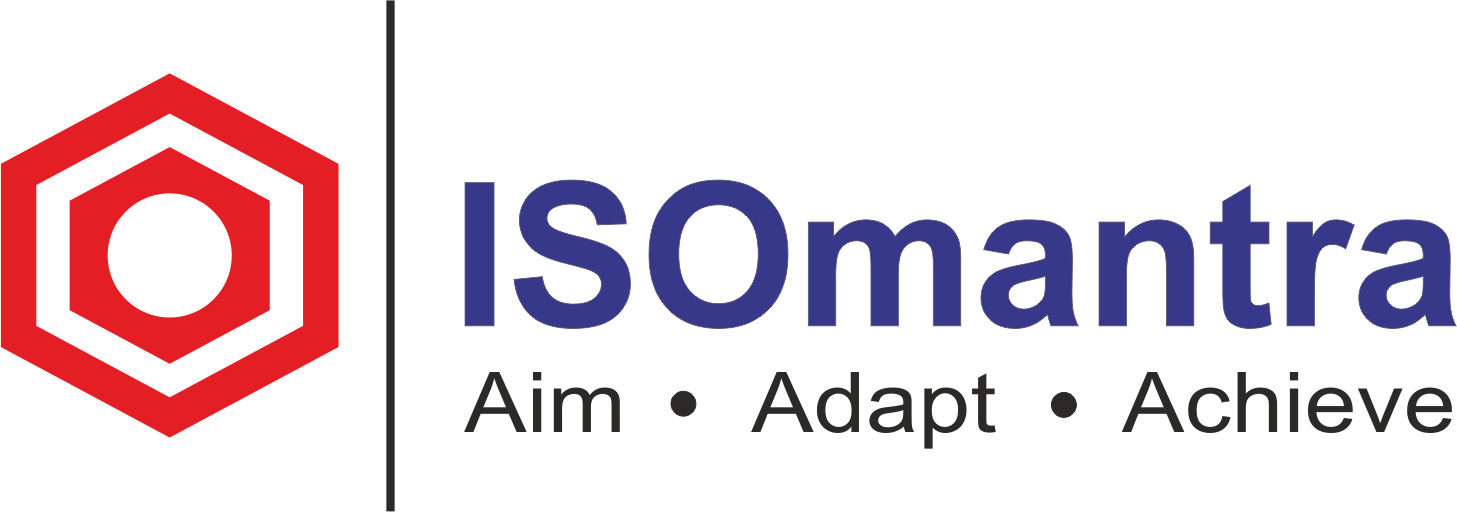Project Risk Management-
All approaches to project risk management aim to optimize the effectiveness and efficiency of the project. Risk management consists of three essential components: identification, analysis, and action. Before risk can be properly managed, it must be identified, described, comprehended, and evaluated. Analysis is essential, but it is not sufficient on its own; action is also required. Inadequate and ineffective is a risk management process that does not result in actions to address identified risks. Management of risk, not analysis of risk, is the ultimate objective. Project risk management is the process of risk management planning, identification, analysis, responses, monitoring, and controlling. The objective of project risk management is to increase the probability and impact of positive events while decreasing the probability and impact of negative events. Using the outcomes of risk management planning is a component of project issue management. Risk management includes six steps.
Risk Management Strategy-
The process of defining how to conduct risk management activities for a project is planning risk management. The process of risk management should begin with the inception of the project. The project team creates a risk management plan that categorises risks, defines probability and impact, includes a matrix of probability and impact, and specifies stakeholder tolerances. Other sections of the plan will define the risk management tools, approaches, and data sources, as well as the roles and responsibilities of the risk management team, the costs of risk management, the frequency with which the team will review risks and perform risk management, and the reporting and tracking methods. Planning how you will manage risks increases the likelihood of success for both your risk management methods and the project itself.
Identify Potential Risks –
Risk identification is the process of determining which risks may affect a project and documenting their characteristics. The process is iterative because the team must repeat it multiple times over the course of the project’s life cycle. When risks are identified, they must be recorded in a risk register. The risk register includes a list of all identified threats and potential countermeasures.
Conduct a qualitative risk analysis-
The objective of qualitative risk analysis is to priorities risks for further analysis or action by assessing and combining their occurrence probability and impact. Using qualitative analysis, you will be able to rank and categorise risks and identify those with the highest priority. Then, you can determine which risks necessitate immediate action, which necessitate additional investigation, and which low-priority risks to monitor.
Perform a Quantitative Risk Assessment-
Quantitative risk analysis is the process of calculating the impact of identified risks on the overall project objectives. At this point, you must collect and evaluate information regarding the probability of a risk. In addition, you will quantify the effect of risk on project objectives such as budget and schedule. In the risk register, both the results of this analysis and those of the qualitative analysis will be recorded.
Prepare Risk Responses-
Risk response planning is the process of generating alternatives to increase opportunities and decrease threats to project objectives. You assign an owner responsibility for a particular risk, taking precedence into consideration.
There are four ways to lessen a risk.
• You can avoid a threat by modifying the project so that it is not impacted by the risk.
• You assign a current threat to a third party. In this case, the risk will still exist, but it will be owned and managed by a third party (like insurance).
• Mitigate: A threat is mitigated when steps are taken to reduce its likelihood of occurring or its impact on the project’s objectives. Typically, preventing or reducing the likelihood of an occurrence is more effective than addressing a problem once it has occurred. If it is not possible to eliminate or reduce a risk, it may be beneficial to develop a response to mitigate its effects. In this instance, the risk still materialises, but the risk response mitigates its impact.
• By choosing to take no action, you accept a threat. This strategy assigns the team the responsibility of mitigating risk, typically through a contingency fund.
Additionally, there are four methods to mitigate a positive risk.
• You capitalise on an opportunity by taking all necessary precautions to ensure the event occurs.
• You share an opportunity by delegating some or all ownership and responsibility to a third party who can best capitalise on the occurrence for the benefit of the project.
• Enhance: You enhance an opportunity by boosting its probability or positive impact.
• You accept an opportunity by seizing it when it presents itself, as opposed to actively pursuing it.
Risks need to be monitored and managed-
Risk monitoring and control is the process of implementing risk response plans, tracking identified risks, monitoring residual risks, identifying new risks, retiring risks and/or issues, modifying contingency plans, and evaluating the effectiveness of the risk process throughout a project. Continuous monitoring of risk ensures that risks are identified and managed, and that effective risk response actions are implemented. Risk will be monitored throughout the duration of the project.
Responsibility and interaction-
Even though communication and accountability are not technically steps, the project team must practice them throughout the life cycle of the project. Communication and consultation with a project’s sponsor and stakeholders are essential for implementing effective risk management and achieving outcomes that are widely accepted. This interaction helps everyone understand the risks and trade-offs involved in a project and aids the project manager.
Reporting on a regular basis is an essential element of communication. Risk management and risk status reports ensure that all parties are fully informed and comprehend the risks, thereby preventing unpleasant surprises.

